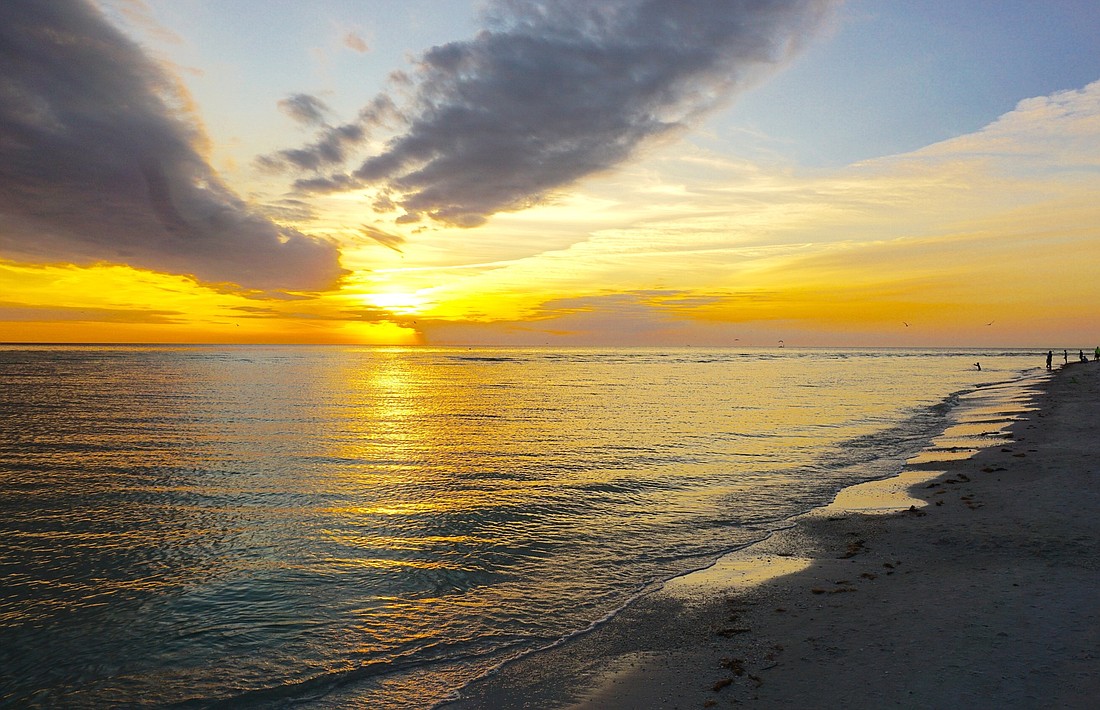- May 14, 2025
-
-
Loading

Has the recent red tide bloom inspired you to find ways to help your community? Take a look at seven things you can do pretty much everyday to help.
After taking your beach selfie, report any strange findings on a red tide app. Mote Marine Lab’s “Citizen Science” app and Florida Fish and Wildlife Conservation Committee’s “FWC Reporter” app allow water lovers to report any discolored water, fish kills or other signs of red tide. Both apps are available on Android and IoS, though users should be sure to provide specific locations when using the app.
We know, this one seems far fetched. You’re probably saying, “Oh, they’ll never get back to me.” But, there is power in numbers. Plus, with current legislation such as House Bill 1135 and Senate Bill 1552, which would establish the Florida Red Tide Mitigation and Technology Development Initiative, currently working its way through Florida legislature, there’s no time like the present.
This one should go without saying — don’t throw anything outside that you wouldn’t want to find next to you while swimming. Improperly disposed of trash can find its way into sewage systems and waterways, which can eventually lead it to the ocean. Additionally, improperly disposed of pet waste can release harmful bacteria into waterways. All of these nutrients can then find their way to a red tide bloom and help fuel it.
So you don’t have a lot of money, that’s OK. Every little bit helps. You can choose to donate to a variety of organizations that help with red tide. Or, if you want a closer look at what your donation will go to, you can join the Adopt-A-Snook program. Coastal Conservation Association Florida joined with FWC and Mote Marine to release 5,000 juvenile snook along the coast. Businesses and anglers alike are able to adopt a snook for $100, and, upon their release in May, receive updates on their fish.
This one goes beyond just having a pretty yard. Homeowners and businesses that choose Florida-friendly plants that require little to no fertilizer or pesticides are doing the ocean a favor. When met with water, harmful nutrients found in pesticides and fertilizers can make their way to the ocean, fueling the red tide blooms. Another way to keep harmful chemicals from reaching the ocean is by choosing porous surfaces, such as shells, brick pavers and recycled rubber, for your landscaping. This decreases stormwater runoff, which keeps harmful chemicals away from water systems.
Being sure to only run the dishwasher or laundry when they are full doesn’t just help keep your water bill down. Making small changes like turning the water off while shaving or brushing your teeth can help keep extra water, that could contain harmful nutrients, from finding its way to the ocean. Plus, it helps keep water waste at a minimum.
There are a variety of groups that perform many different functions. Do you want to test water samples? There’s an organization for that. Do you want to release clams to help reduce the red tide? There’s a group for that. There’s even a volunteer base that cleans dead fish off the beach. Do some research and find one that sounds interesting to you.